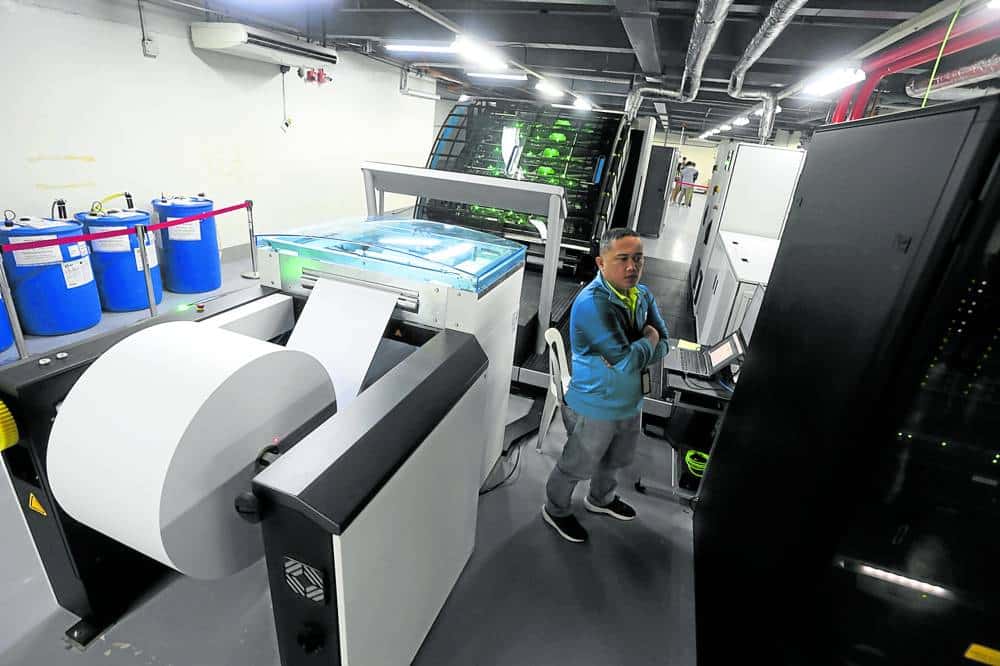Comelec: Korean vote counters nearly done

PRINTERS DELIVERED Photo shows printing machines to be used for the 2025 elections last October.—NIñO JESUS ORBETA
The final batch of South Korean-made automated counting machines (ACM) for next year’s midterm polls has arrived or is on its way to the country, the Commission on Elections (Comelec) said on Thursday.
Comelec spokesperson John Rex Laudiangco said that parts of the 32,164 are already undergoing clearing at the Bureau of Customs in Manila or in transit via container ship.
About 10,000 have also been trucked or being trucked to Busan port for loading on Philippine-bound cargo vessels.
“The ACM manufacturing has been completed almost two months ahead of the timelines. By November or a month ahead of the December full delivery schedule, we expect all 110,620 ACMs to be fully delivered to Comelec at the Biñan warehouse,” Laudiangco told reporters in a Viber message.
At the Comelec warehouse in Biñan City, Laguna, Laudiangco said there are already 78,456 units, of which 32,329 have already passed the hardware acceptance test.
Article continues after this advertisementThe ACMs are being leased from the joint venture, led by the South Korea-based Miru Systems Co. Ltd., which Comelec contracted for P17.988 billion contract last February.
Article continues after this advertisementLast Sept. 18, Miru delivered all the servers, printers, and laptops that will be used for the consolidation and canvassing of votes at the municipal, city, and provincial levels, the modems/USB kits to be used for the transmission of votes, and headsets for use by voters who are persons with disabilities.
Laudiangco said Miru has also delivered ahead-of-deadline “peripherals” such as external batteries, power cords, SD cards, thermal paper, smartcards for electoral boards, and others.
Party list nominations
Meanwhile, the poll body published on its website on Wednesday the certificates of nomination and certificates of acceptance of nomination (Con-cans) of all nominees of 156 party list groups participating in next year’s elections.
Each party list group has 10 nominees. Three groups have two slates each submitted by factions, while one group submitted four competing slates.
An electronic raffle was conducted last Oct. 18, during which the groups were assigned numbers that will determine their order in the official ballot.
Under the 1987 Constitution, 20 percent of the total membership of the House are allotted to party list representatives. Sixty-three House seats are available in the next Congress.
Republic Act No. 7941 or the Party List System Act of 1995 provides that the groups that garnered two percent of the national vote or the total votes cast for the party list system shall be entitled to one seat each. A group shall get an additional seat for every two percent of the national vote thereafter until the group has the maximum allowable three seats.
In 2009, the Supreme Court ruled that if the allowed House seats for party list representatives are not filled up, then parties with less than two percent of the national vote may get one seat until the quota is met.
Under RA 7941, the Comelec shall delist and cancel the registrations of party list groups that failed to obtain a House seat or failed to participate in two consecutive elections.